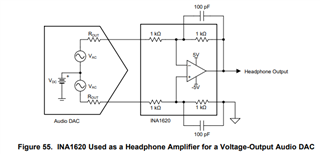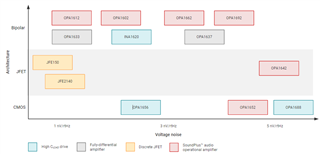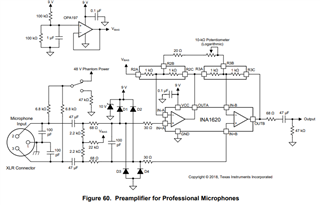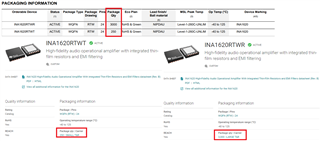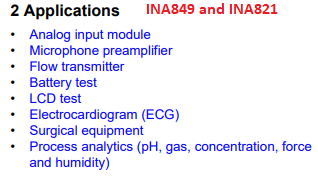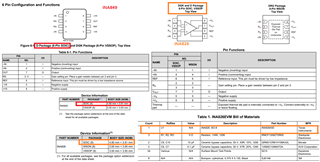Hi!
I need an instrumentation amplifier circuit (INA) for scientific precision measurements of weak EMF-signals.
My input will come from 2 coils that will pick up weak EMF signals in an environment with possibly a lot of noise. One of the coils will pick up the wanted signal + the noise and the other will only pick up the noise. That’s why I want to subtract signal no. 2 (the reference coil) from signal no. 1 (the signal coil).
My immediate plan is to use ordinary telephone pick-up coils. I have bought 2 Monacor coils that supposedly have an impedance of about 1 kOhm and a resistance about 280 Ohm.
The output of the INA will serve as input to a sound card (external, connected to a PC by USB). The sound card cuts off signals over 24 KHz.
The external sound card is also a mixer, with 2 amplifier steps with adjustable gain, but I need the INA to amplify my signals significantly, because of the noise in the sound card.
The possible inputs to the sound card are described as:
1 x Mic, mono: 0.5 mV (with an optional 20V phantom power)
1 x Line In, stereo: 2 mV, 150 mV, RCA L/R
1 x Tape In, stereo: 420 mV, RCA L/R
I also need to build a power supply for the INA. The general power lines here in Denmark are 230V, 50Hz.
The sound card/mixer microphone input has an optional 20V phantom power. Could that be useful?
So which INAs would serve my purpose?
And how should I build a power supply that doesn’t add noise or other distortion to my weak signals?
I look forward to hear from you. Thank you.
Best regards,
Henrik R.


